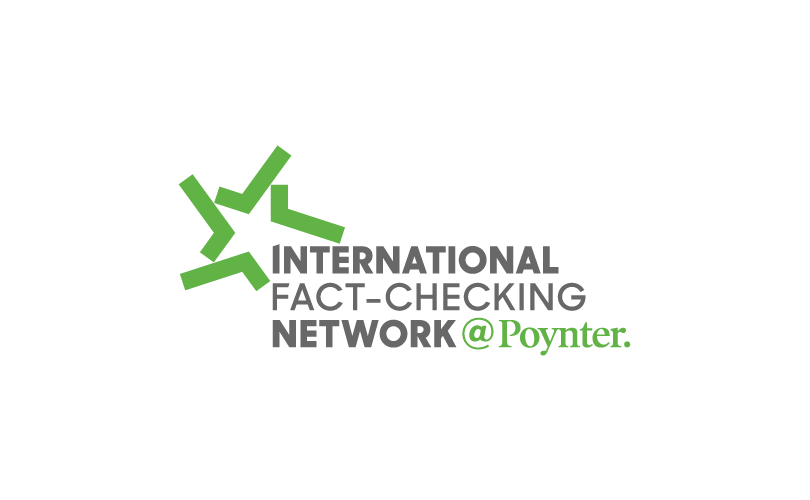As five Gannett newspapers institute sweeping changes across their newsrooms, the goal is to better attract an audience of 25- to 45-year-olds, a Gannett executive told Poynter via phone.
That means reaching readers beyond print.
Freeing up resources for quality reporting that’s responsive to online audiences will allow the newspapers to be “each community’s top source of investigative journalism, of public-service journalism,” said Kate Marymont, Gannett’s vice president for news. How are these newsrooms able to double down on reporting? “We’re going to invest the fewest resources necessary in production,” she said.
The five sites — The (Nashville) Tennessean; The Asbury Park (New Jersey) Press; The Greenville (South Carolina) News; The Pensacola (Florida) News Journal; and The Asheville (North Carolina) Citizen-Times — will have fewer staffers overall after the reshuffling of job tiles and descriptions, Marymont said. That’s an economic reality nearly every newsroom is facing. But reporting resources will grow; Pensacola is adding two reporters, Asbury Park is adding three, and Nashville is adding six.
(By email, Tennessean vice president and executive editor Stefanie Murray told Poynter, “I don’t expect many of my staff members’ pay to drop unless they specifically opt to apply for a lower-paying job. Folks who go into higher-level jobs could see raises.” There’s an “entirely new compensation structure for the new jobs.”)
The newspapers aren’t looking to gut print, which still draws loyal audiences, Marymont said. Some late-stage print editing and design work will occur at the Asbury Park and Nashville design centers instead of in the newsrooms. Some staffers from those publications will be “on loan” for the testing period. The idea is to determine whether more of that work can be moved to Gannett design centers.
Real-time and long-tail audience data
Coverage at the test sites will be determined by listening to readers and gaining a deep understanding of audience analytics. “We’re going to use research as the guide to make decisions and not the journalist’s gut,” The Tennessean’s Murray told Poynter.
Reporters at Gannett are outfitted with “audience dashboards,” Marymont said, allowing them to look at “real-time and long-tail data.” Reporters will be tasked with paying more attention to audience feedback both with short-term changes to underperforming stories, like adding interactive elements or tweaking headlines, and with long-term tailoring of beat coverage.
The idea is that newsroom positions focused specifically on audiences and new kinds of content will better allow the newsroom to cater to reader needs.
Less editing, more coaching
Other newsroom roles will be alternatives to “assignment editors who have that daylong link to a reporter guiding coverage,” Marymont said. “As reporters turn more to their readers on what to do, the traditional assignment editor is instead being morphed into roles that involve more coaching and building skills.”
At The Tennessean, Murray said, the newsroom will have more “self-sufficient reporters producing publication-ready copy.” That resembles the philosophy at the Louisville Courier-Journal, where there’s “a little more expectation that the reporters are more independent and produce stories that are in better shape,” Executive Editor Neil Budde said in June.
And added Marymont: “We are not removing copy editing from the local sites. Most of the copy editing has to be done locally because they have the experience and the knowledge.”
The ‘reapplication’ process
All five sites — not just The Tennessean — will require staffers to reapply for jobs in the newsroom, Marymont confirmed. But she said the word “reapply” isn’t the right way to look at it: “No one is reapplying for an existing job, because all the jobs have been redefined.”
Here’s how Joshua Awtry, editor of The Asheville Citizen-Times and The Greenville News, explained the new roles to Corey Hutchins at Columbia Journalism Review:
“When we talk about the very concept of a reporter—what we are asking of a reporter—it might be things that we’ve verbally asked folks to do for years and some people have done those things and some people have not done those things, but we are asking everyone to think radically different.”
“We’re giving our employees first crack, of course,” Marymont explained. “Some may look at it and not see a role — I hope that’s a small number. Some may interview for the new jobs, which are very different, and may not have the skills — I hope that’s a very small number.”
Related: Tennessean-style changes coming to four other Gannett newsrooms | Tennessean employees will have to apply for jobs in ‘newsroom of the future’






Comments